 |
|

 |
|

CyLock MFA enables strong Multi-Factor Authentication for any firewall based SSL VPN user login. CyLock MFA integrates with the firewall through CyLock MFA RADIUS proxy component installed in a server within the organization’s local network.
The CyLock MFA RADIUS proxy component enables any firewall with RADIUS protocol support to carry out a strong Multi-Factor Authentication (MFA) during remote login to remote network through SSL VPN.
Firewall Devices: Sophos XG-series, SG-series, UTM-series, Cyberoam series support RADIUS authentication.
CyLock MFA RADIUS proxy component needs to be installed within your network to enable MFA during SSL VPN login process. First factors (user login credentials) can be authenticated with an on-premise AD / LDAP / LDAP or against CyLock MFA local store. A typical deployment architecture and process is shown below.
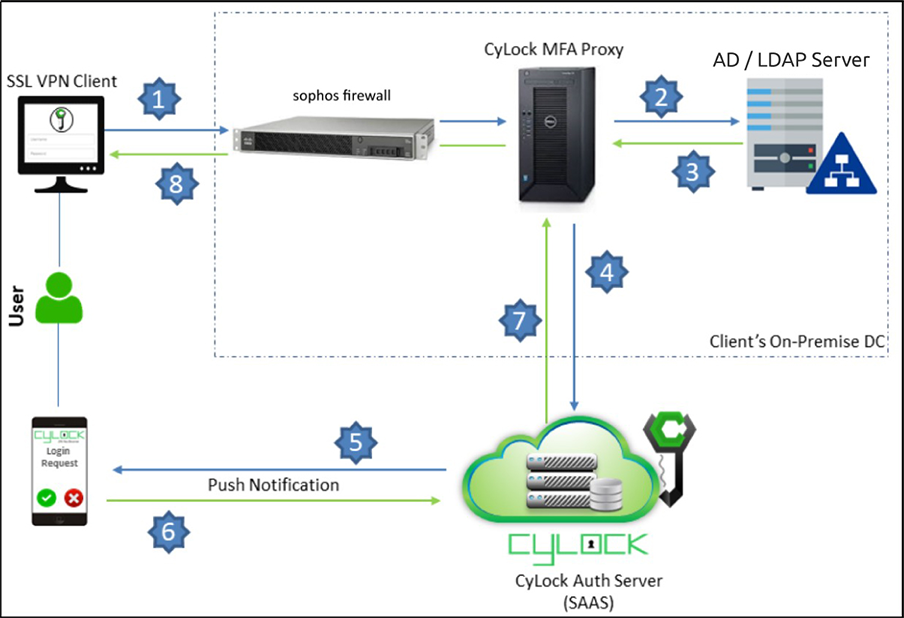
Figure 1: Deployment Architecture Block diagram of integrating Sophos Firewall with CyLock RADIUS Proxy
Note:
CyLock MFA RADIUS Proxy component will receive incoming RADIUS requests from your firewall during SSL VPN login. The proxy component will then perform the primary authentication (first factor authentication) either with your internal AD / LDAP Server / LDAP Server or CyLock MFA local store, and then contact CyLock MFA Auth Server for second factor authentication.
CyLock MFA RADIUS Proxy can be installed on a physical or virtual host within your network. We recommend a system with at least 4 vCPU, 200 MB disk space, and 4 GB RAM. CyLock MFA RADIUS Proxy supports the following operating systems:
Install Node.JS in the server where the CyLock MFA RADIUS Proxy component will be installed.
Download the CyLock MFA RADIUS Proxy component. Refer Prerequisites section above. After downloading, copy/move the Proxy Component to the respective server.
Go to the folder where the Proxy component has been copied. Extract the CyLock_radius_proxy.zip. After extracting, follow the below steps to configure the component.
On Windows or Linux machine go to the respective folder where the proxy component was copied & extracted.
Open the cyconfig.js file in CyRadius Folder with administrative privileges and edit the following properties:
| # | Property Name (key) | Description (value) |
|---|---|---|
| 1 | url |
Enter Auth URL (Ex - https://demoauth.cybernexa.com/api/v2/srv/) Contact CyLock Supprt team to get Auth Server URL. |
| 2 | id_sp | Customer ID value. Refer point #4 in Prerequisites section. |
| 3 | Authorization | API Key value. Refer point #4 in Prerequisites section. |
| 4 | radius_secret | Enter the encrypted RADIUS secret key. To obtain encrypted secret key please refer ‘Key Encryption Process’ section. |
Note: Do not modify the key in the key-value pair.
To enable RADIUS Proxy component, communicate with MS AD / LDAP server or LDAP server, configure the adconfig.js file.
Open the adconfig.js file in CyRadius Folder with administrative privileges and edit the following properties.
| # | Property Name (key) | Description (value) |
|---|---|---|
| 1 | Open_ldap_server | Enter your open ldap server URL (ex: ldaps://ldap.cybernexa.com) |
| 2 | domain | Provide your AD / LDAP domain name. |
| 3 | url | For secured LDAP: ldaps://computername.domain.com or else simply use For normal LDAP: ldap://computername.domain.com |
| 4 | baseDN | AD / LDAP Domain name |
| 5 | Password | AD / LDAP server Administrator user’s encrypted password. To obtain the encrypted AD/LDAP Password please refer ‘Key encryption Process’ section. |
Note: Do not modify the key in the key-value pair.
Encrypting Radius Secret Key and AD / LDAP Password.
a. After Unzip the radius_proxy.zip file. Go to the secure_cred directory and execute the "secure_cred.js" file using the command below
(i).node secure_cred.js

Figure 2 – RADIUS and LDAP Admin Secret key encryption
You can copy and paste the Encrypted RADIUS Secret in cyconfig.js on radius_secret parameter.
You can copy and paste the Encrypted AD / LDAP Admin Secret in adconfig.js on password parameter.
Note:The RADIUS secret and AD / LDAP Passwords should always be encrypted.
To start the component automatically create and run as service
For creating service file follow the below steps:
//*****Start of the file*****
[Unit]
Description=cylockradiusservice
After=syslog.target
After=network.target[Service]
User=cylock_iam
//Replace with your system user name
Type=simple
[Service]
Restart=always
StandardOutput=syslog
StandardError=syslog
//Provide the path of the CyLock MFA RADIUS proxy component (server.js)
WorkingDirectory=/home/cylock_iam/package/
//Provide the path of the CyLock MFA RADIUS proxy component (server.js)
ExecStart=/usr/bin/node /home/cylock_iam/package/server.js
SyslogIdentifier=cylockradiusservice
[Install]
1.WantedBy=multi-user.target
//******End of the file******
a.:wq!
a.systemctl enable cylockradiusservice.service
a.systemctl start cylockradiusservice.service
Note:For Windows OS, create a service for the batch file (.bat) using nssm.exe utility and start the service.
CyLock MFA integrates with your firewall device based VPN via RADIUS to add Multi-Factor Authentication (MFA) to SSL VPN login. In this context your firewall device will act as RADIUS client and the CyLock MFA RADIUS Proxy component as the RADIUS server.
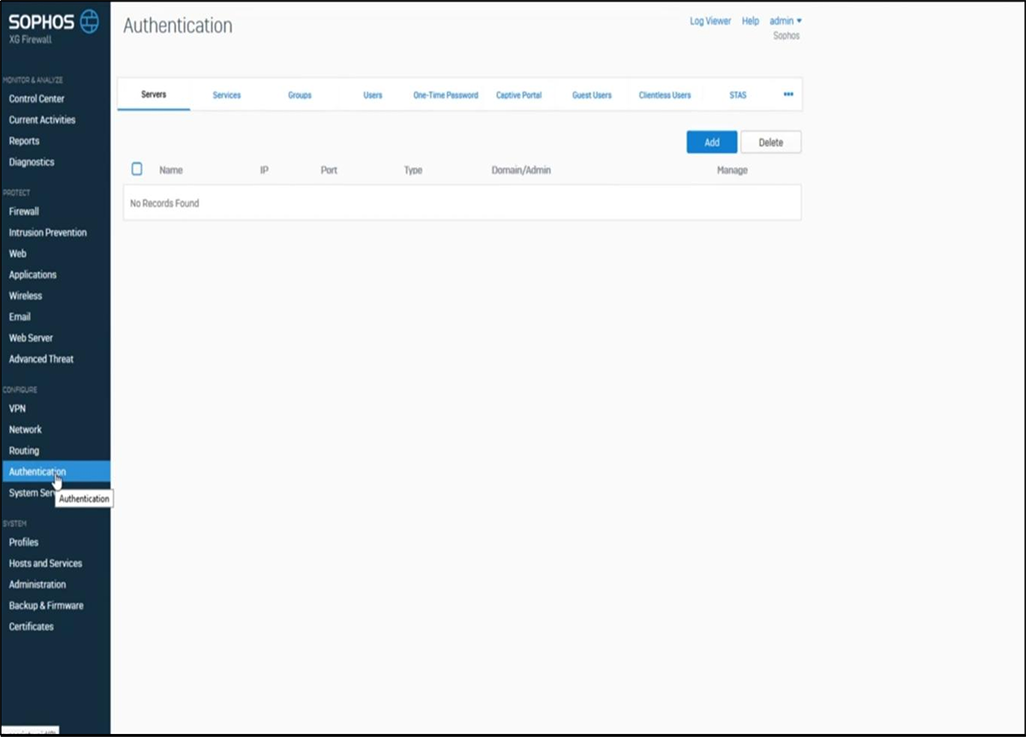
Figure 3: Sophos Authentication settings console
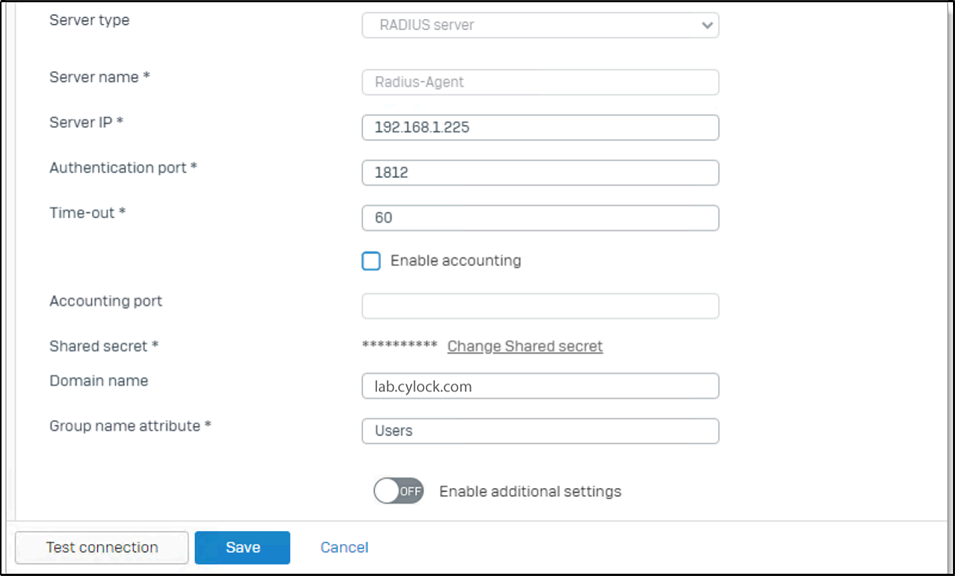
Figure 4 – Adding RADIUS Server to the firewall
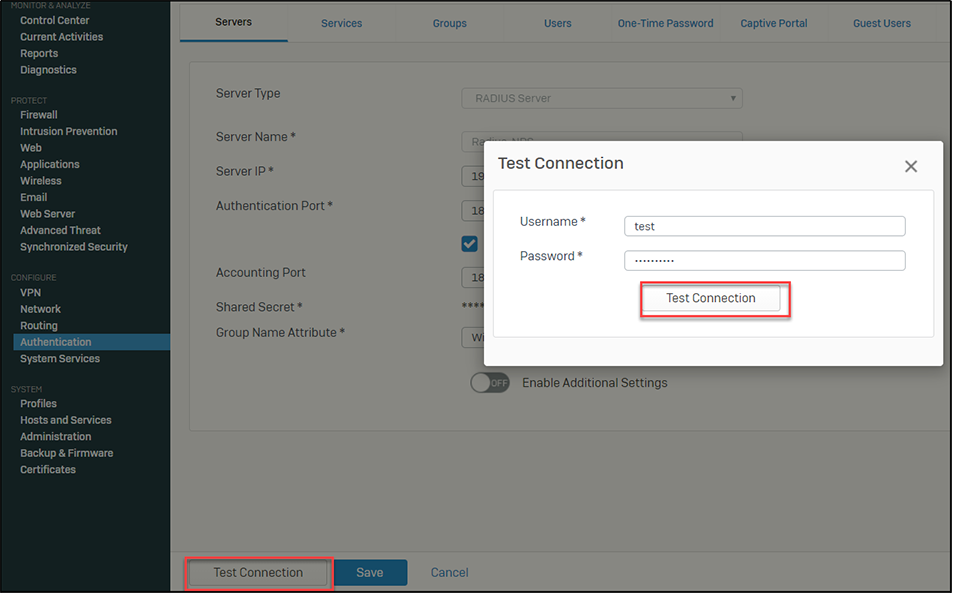
Figure 5 – Testing the connection
Here you will get pop up specifying RADIUS server connectivity test was successful as shown in the Figure 6.
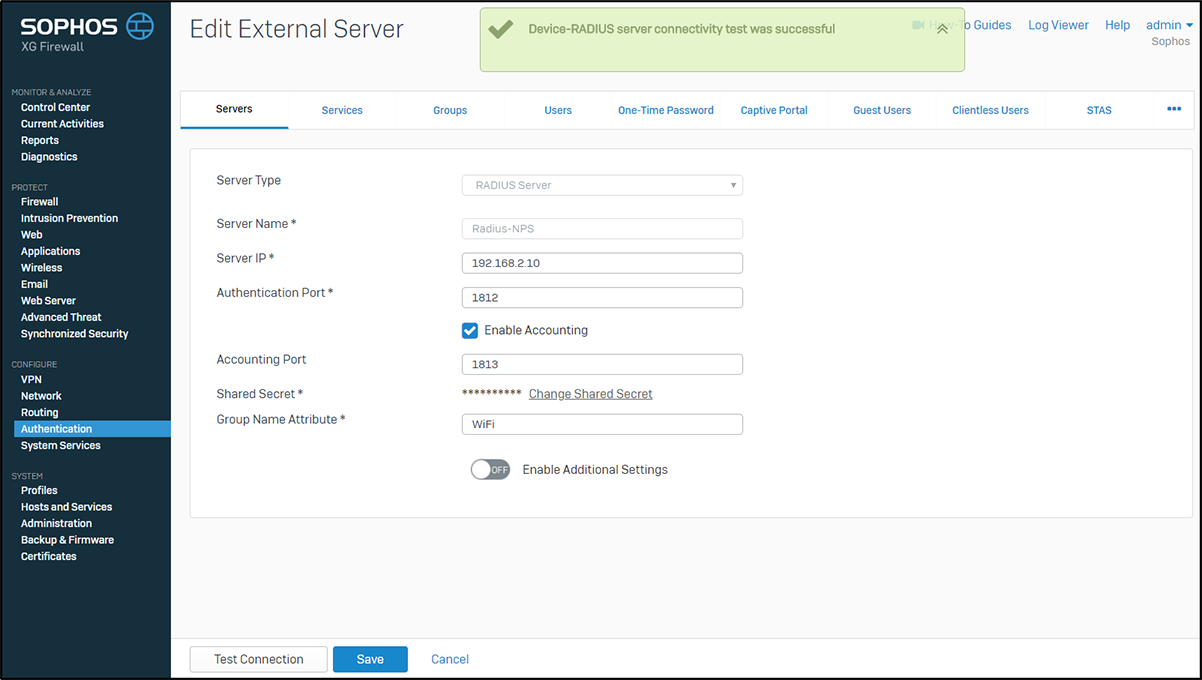
Figure 6 – RADIUS server connectivity test success message

Figure 7 – Adding Authentication method
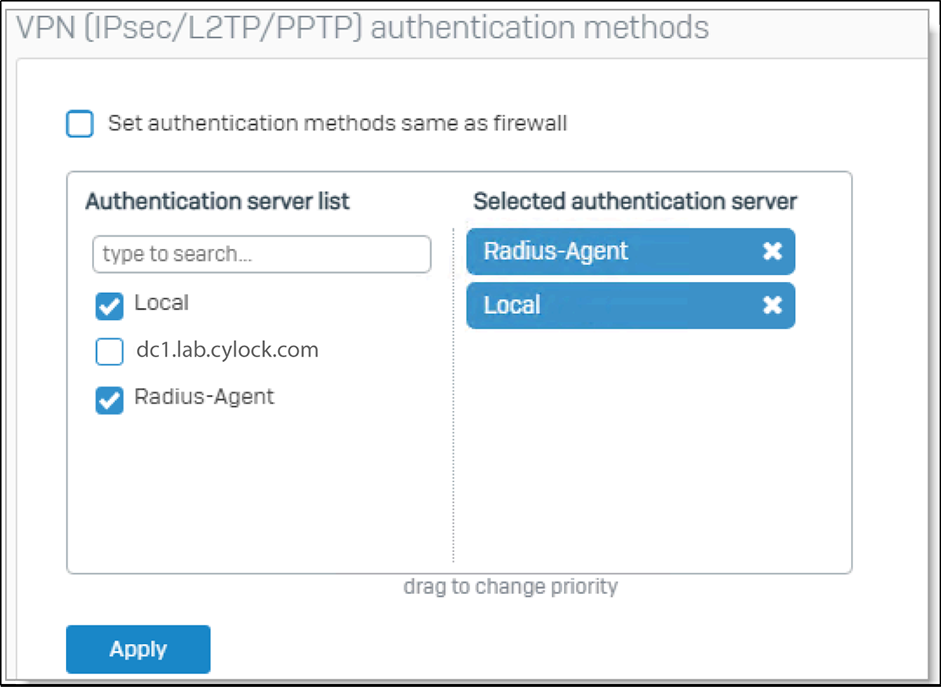
Figure 8: Selecting RADIUS Agent as Authentication method
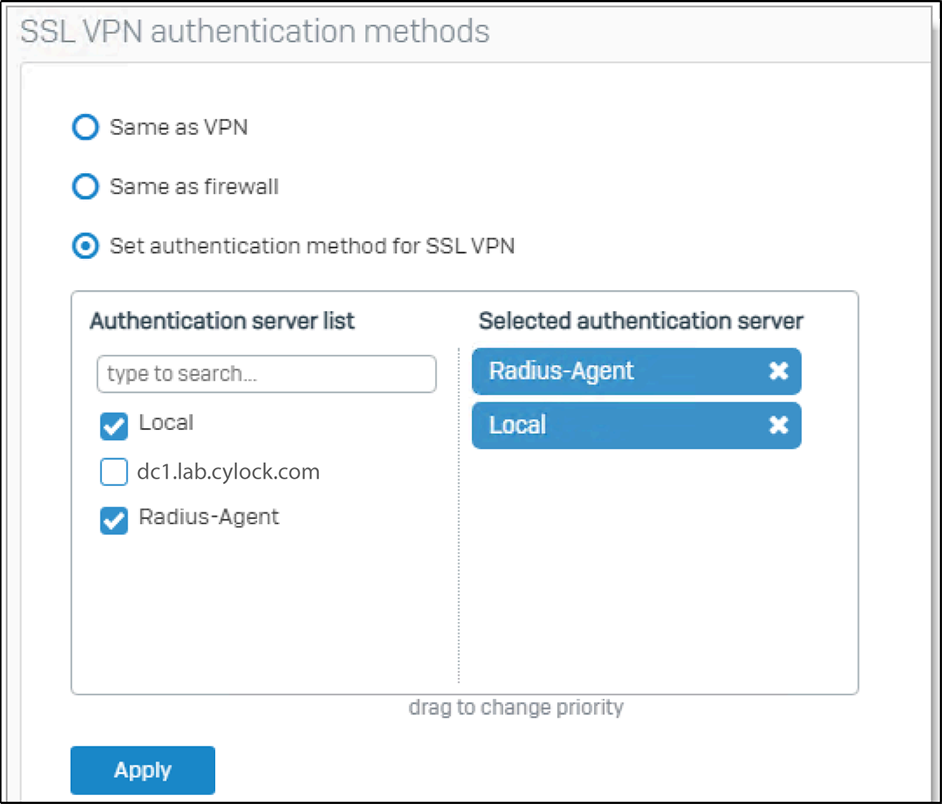
Figure 9: Enabling Radius authentication on SSL VPN
Notice:To access users on VPN, they must login to the user portal once. The list of users will then appear in the Users tab.
Notice:For user’s login in Sophos user portal, you must go to Services tab. In Firewall authentication methods, select the RADIUS-Agent that was added in the previous section and drag it up to highest priority.

Figure 10: Selecting RADIUS – Agent for login users in Sophos user portal
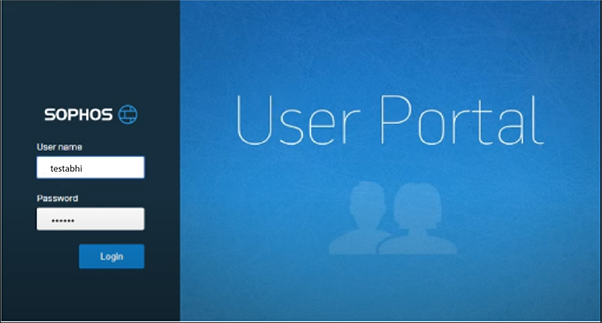
Figure 11: Sophos User Portal

Figure 12: Downloading VPN Client and Configuration for Windows
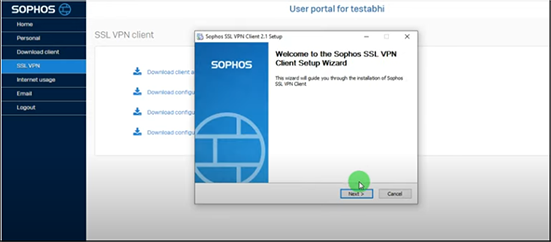
Figure 13: Running Sophos SS VPN Client Setup wizard
Click on ‘I Agree’ for the License Agreement and continue the set up.
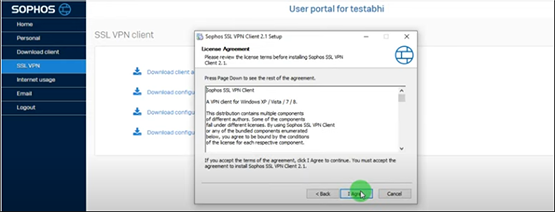
Figure 14: Accepting the License Agreement
Now the Sophos SSL VPN Client starts installing as shown in the Figure 15.
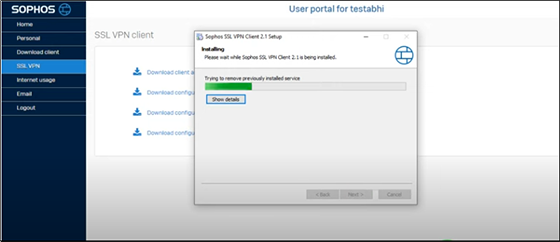
Figure 15: VPN Client getting installed
Click on the ‘Install’ in Windows Security pop up.

Figure 16: Clicking on Install in windows security pop up
Now Sophos SSL VPN Client is successfully installed. Click Next.
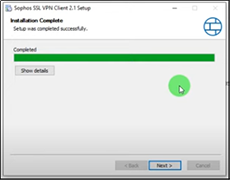
Figure 17: Sophos SSL VPN Client is successfully installed
Click Finish to complete the setup.
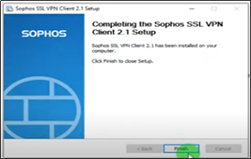
Figure 18: Finishing the VPN Client set up
Types of Authentication Options:
CyLock MFA allows the following Authentication options to login SSL VPN.
| # | Mode | Process Steps |
|---|---|---|
| 1 | Default Mode | In password field enter << Your password >> (for carrying out the default authentication) |
| 2 | Online | In password field enter << Your password >>,1 (for carrying Online MFA Push authentication) |
| 3 | Online | In password field enter << Your password >>,2 (for carrying Online MFA Push+PIN authentication) |
| 4 | Online | In password field enter << Your password >>,3 (for carrying Online MFA Push+Bio authentication) |
| 5 | Offline (CR-OTP - Display) | In password field enter << Your password >>,4 (for carrying Offline MFA CR-OTP (Display) authentication) |
| 6 | Offline (CR-OTP – Email) | In password field enter << Your password >>,5 (for carrying out Offline MFA CR-OTP (Email) authentication) |
| 7 | Offline (CR-OTP – SMS) | In password field enter << Your password >>,6 (for carrying Offline MFA CR-OTP (SMS) authentication) |
| 8 | Offline (POTP - Email) | In password field enter << Your password >>,7 (for carrying out Offline MFA POTP (Email) authentication) |
| 9 | Offline (POTP – SMS) | In password field enter << Your password >>,8 (for carrying Offline MFA POTP (SMS) authentication) |
| 10 | Offline (TOTP) | In password field enter << Your password >>,9 (for carrying Offline MFA TOTP authentication) |
Test Connection:
As the VPN Configuration has already been associated, after first factor is verified, 2FA will be triggered based on preferred authentication mode.
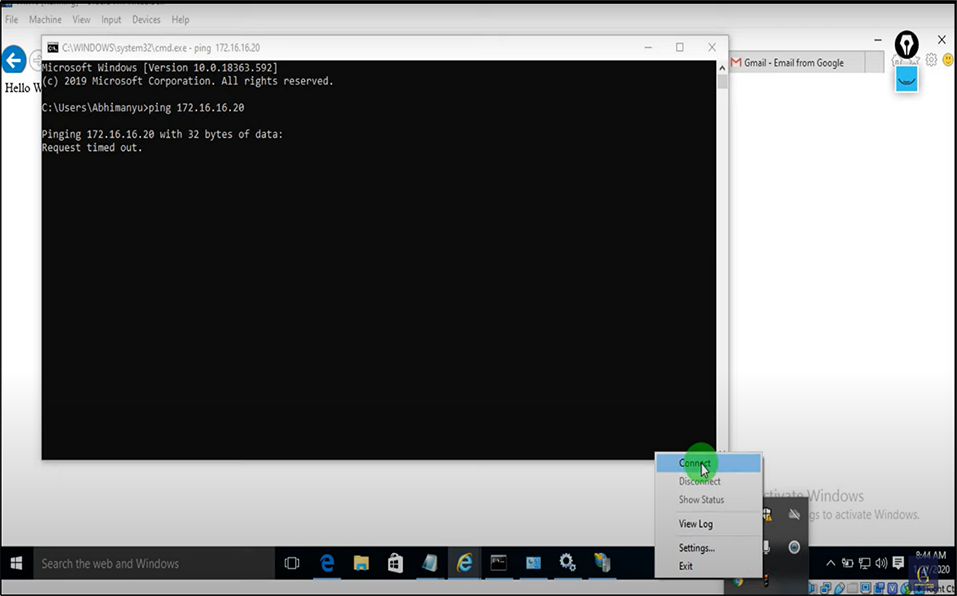
Figure 19 : Connecting to Sophos SSL VPN
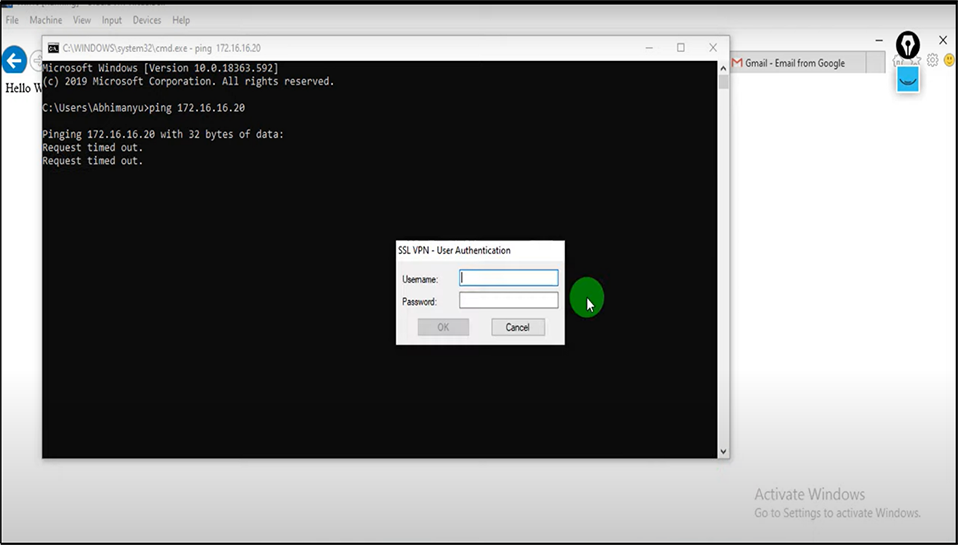
Figure 20 : SSL VPN User- Authentication
.png)
Figure 21 : Entering the User credentials (1FA)
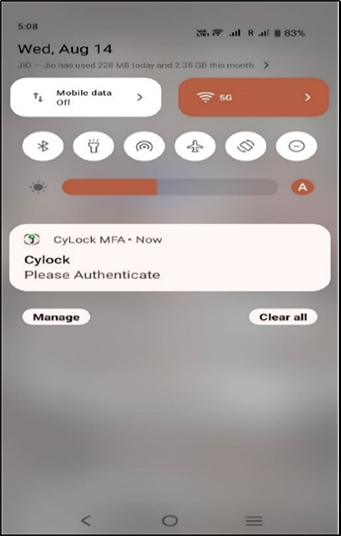
Figure 22: Push notification received to the mobile
.png)
Figure 23: PUSH+PIN Authentication triggered (2FA)
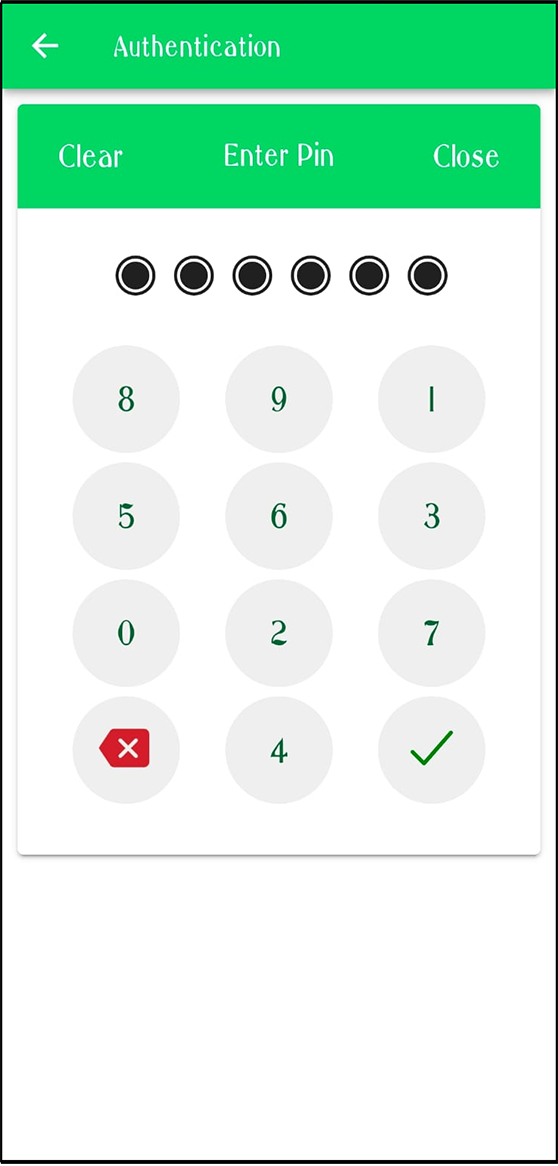
Figure 24: Entering 6 digit PIN
Once 2FA is verified user can connect to Sophos SSL VPN Successfully.
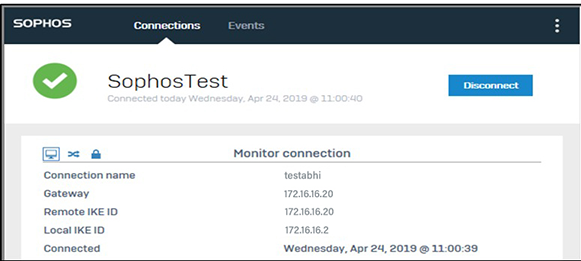
Figure 25: User connected to Sophos SSL VPN successfully